Description
The NCERT Class 8 History book is a part of the National Council of Educational Research and Training’s curriculum for students in India. It covers a wide range of historical topics in India and around the world. The book is divided into chapters that focus on various events, movements, and aspects of history, designed to help students understand the past and its significance.
Here is a list of chapters in the NCERT Class 8 History book:
### 1. **How, When, and Where**
– This chapter introduces the concept of history, focusing on the different periods and the methods historians use to study the past.
### 2. **From Trade to Territory – The Company Establishes Power**
– It discusses how the British East India Company gained control over India through trade and expanded its power.
### 3. **Ruling the Countryside**
– This chapter explores the British policies in rural India and the effects on Indian farmers, landlords, and the economy.
### 4. **Tribals, Dikus, and the Vision of a Golden Age**
– Focuses on the tribal societies in India and their responses to British colonial rule, as well as the vision of an ideal society that some groups held.
### 5. **When People Rebel**
– It looks at the Revolt of 1857, also known as the First War of Independence, including the causes, main events, and consequences.
### 6. **Colonialism and the City**
– Discusses how colonial rule transformed urban centers, particularly focusing on cities like Calcutta, Bombay, and Madras.
### 7. **Weavers, Iron Smelters, and Factory Owners**
– The chapter highlights the impact of British industrialization on traditional Indian industries such as weaving and iron smelting.
### 8. **Civilising the “Native”, Educating the Nation**
– This chapter examines British policies on education and the idea of “civilizing” the Indian population, as well as the emergence of new ideas in Indian society.
### 9. **Women, Caste, and Reform**
– It discusses social reform movements in India, focusing on the roles of women and caste in society.
### 10. **The Changing World of Visual Arts**
– This chapter explores the history of art during the colonial period in India, including the influence of British culture and the development of new forms of art.
### 11. **The Making of the National Movement: 1870s-1947**
– It provides an overview of the rise of Indian nationalism and the struggle for independence, covering important events like the formation of the Indian National Congress and the non-cooperation movement.
### 12. **India After Independence**
– This chapter discusses the major events after India gained independence in 1947, including the partition, integration of princely states, and the formation of a new democratic nation.
You can access the full book for free through the NCERT website or download it in PDF format. It provides detailed explanations, pictures, and activities to help students better understand the topics.
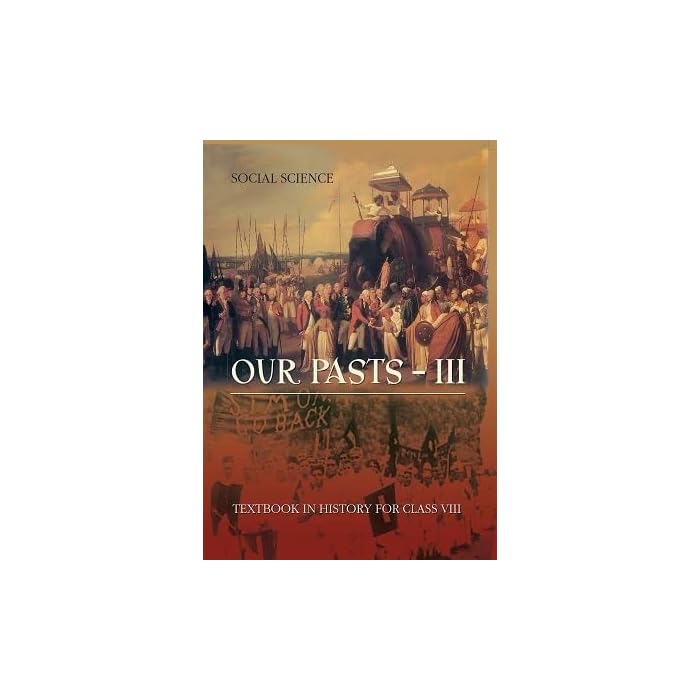



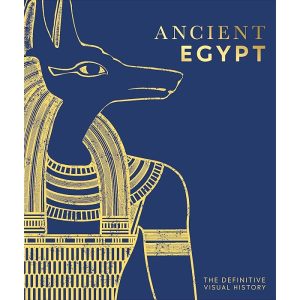






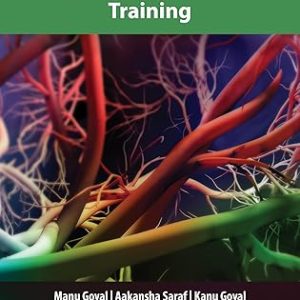


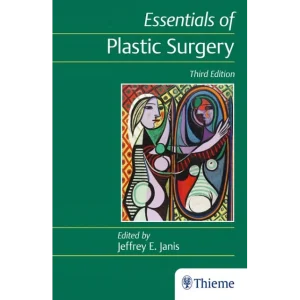
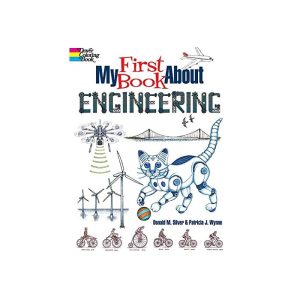
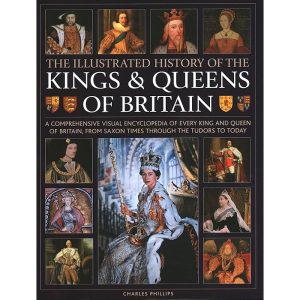

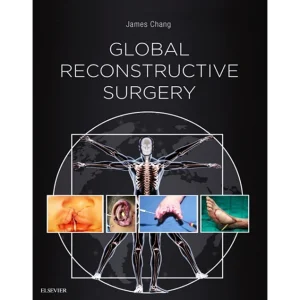



Reviews
There are no reviews yet.